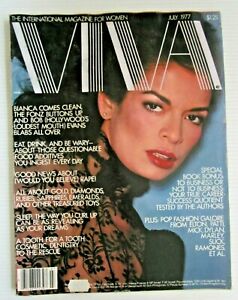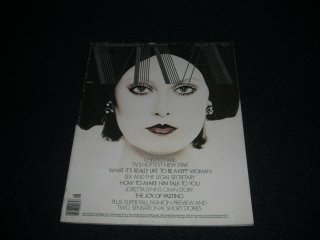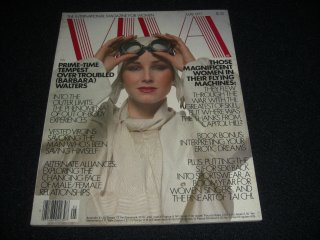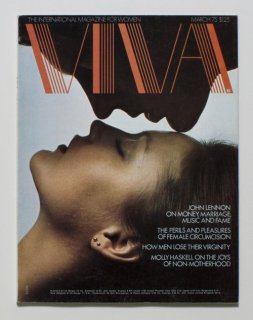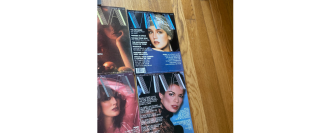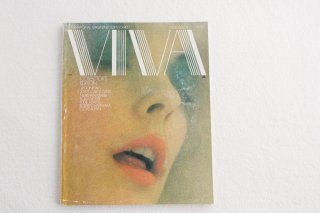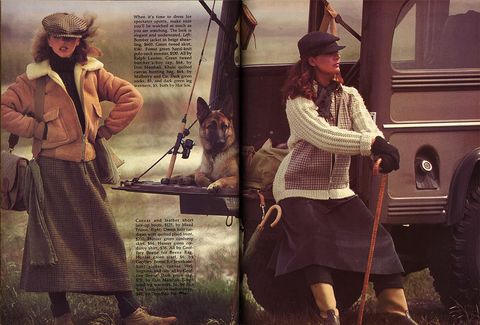If there’s one magazine powerhouse not mourning the demise of Penthouse founder Bob Guccione last week, it’s probably Vogue’s Anna Wintour.
For a couple of years in the mid-’70s, the world’s most powerful fashionista was quietly on Guccione’s payroll, every day enduring a journey to her office that took her past a XXX-rated gallery of naked, splayed beauties and shapely ex-Penthouse Pets. On the other side of a divider from where she worked, Guccione edited his boundary-breaking magazine, while his wife, an ex-stripper, acted as Wintour’s boss and clashed with the future Vogue chief over her lavish expense accounts and taste in clothes.
Deathly embarrassed and ashamed of where she worked, she despised every minute of her tenure and later kept that part of her rise to the top well under the front-row radar.
But back then, in the Swinging ’70s, the girl needed work.
It was the Bicentennial summer of 1976: The Democrats had chosen Jimmy Carter as their presidential nominee, a Viking space probe had landed on Mars and Barbara Walters was the first female newscaster to land a $1 million-per-year contract, at ABC. At Harper’s Bazaar, 26-year-old British émigré Wintour, already wearing her iconic Louise Brooks bob and signature sunglasses, had been fired — yes, fired — from her first fashion magazine job in America after just nine months as a junior editor.
Wintour long claimed that she was shown the door “for being too European — they didn’t feel I understood the American woman.” But the magazine’s higher-ups actually gave Wintour her walking papers because they felt a lingerie shoot she oversaw was far too risqué.
Risqué was right up Bob Guccione’s alley, and the same was true of his very kinky wife and business partner at the time, Kathy Keeton, who had founded Viva — the “International Magazine for Women” — with cash generated by Guccione’s X-rated Penthouse.
In shock over being fired, and unemployed for several months, Wintour was desperate for work. With the help of her lover at the time, who had contacts at Penthouse, Wintour lucked out. Viva was searching for a new fashion editor. The last one had been ousted in one of the magazine’s ritual Friday-night massacres by the very eccentric Keeton, a former exotic dancer who ran the shop in skin-tight pants, halter top and do-me heels. She sat behind an enormous desk guarded by a pair of fierce Rhodesian Ridgebacks.
Wintour was hired, but it was a strange fit. Viva’s editorial offices were located just across a divider from Penthouse, so from the day the Yves Saint Laurent-clad Wintour walked in, she worked right next to the layout desk where Guccione selected his magazine’s gynecologically explicit photos, and where the raunchy “Dear Penthouse” letters were drafted.
As a colleague of Wintour’s asserted years later, “Anna was no prude, but she felt like she was working in a sewer. The whole place was p*rn*gr*ph*c, and here was this very proper, very pretty young Brit with aspirations of running Vogue virtually surrounded by glossy photos of big boobs.”
Many of the other female employees — the Penthouse secretaries and hostesses — were former subjects in the magazine, with “big hair, lots of makeup, and enormous boobs,” according to a Viva staffer. Beyond that, Wintour had to deal with the art department and copy-editing desk, which Viva shared with Penthouse.
A close female friend of Wintour’s from back then was shocked that she actually was involved with a Penthouse operation. “She told me she was working for that awful Bob Guccione. I said, ‘I wouldn’t trust him as far as I could throw him.’ But Anna said, ‘Well, one needs a job. Work is work.’ I know she felt awkward there.”
Even Viva’s editor at the time, Alma Moore, saw that her new hire was uncomfortable with the workplace. “There was embarrassment on Anna’s part, and maybe her family said, ‘Are you sure you want to be working at a place like that?’”
Wintour was not only the editor, but the fashion department’s sole staffer in the beginning, and in the month she took over, Viva featured an article headlined: “How to throw fabulous parties, create new faces, wear silk stockings, have sex fantasies and perfect orgasms.”
Somehow the editors at the snarky British magazine Private Eye heard about Wintour’s new job, and immediately reported that she was “working on a p*rn magazine.” They described her as “pulchritudinous.”
Despite the surroundings, Wintour was given carte blanche to run Viva’s fashion section in as classy a way as she chose — at least in the beginning — and she took her job seriously. She needed only to report to Moore and Keeton. As Moore noted, “She was very sure of herself, decisive, a woman to be reckoned with.”
Soon Wintour was coming to work attired somewhat more in line with her erotic surroundings. Co-workers remember her in one particular outfit: jodhpurs worn with riding boots, missing only a dominatrix crop. And at times she acted like one, recalled colleagues, who witnessed her verbally flagellating a female assistant if anything went wrong. To relax, Wintour took to hanging out with some favorite Penthouse editors across the street at P.J. Clarke’s.
Nevertheless, Wintour despised Viva, Penthouse, Guccione and Keeton, colleagues have claimed. As a female advertising executive at Penthouse later explained, “Anna thought the whole company was tainted. If it had been Condé Nast, and we had fashion editors who went to Paris, she would have thought it wonderful.”
The relationship between Wintour and Keeton became strained, primarily over the fashion editor’s expenditures and differences in style. Moreover, Guccione had run into financial problems, and Viva’s budgets were slashed.
In late 1978, Guccione announced that Viva would cease publication. Wintour was spotted crying before she stormed out of the office, once again without a job.
Having spent two years running Viva’s fashion pages, she was as surreptitious as she could be about her former employer — ignoring, downplaying and even fibbing a bit about the time she once worked there. In a London newspaper profile years later when she was at Vogue, which she joined in 1983, she stated, “Once I got over being fired [at Harper’s Bazaar] I did a little freelance again before getting a job at New York magazine.”
And just like that, she had made her life with Bob Guccione and Viva disappear.
Jerry Oppenheimer is the author of “Front Row,” a biography of Anna Wintour.
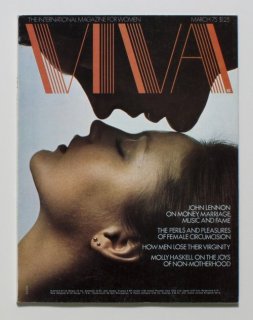
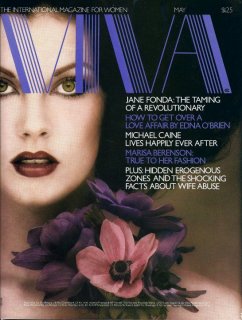
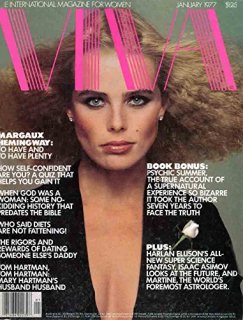
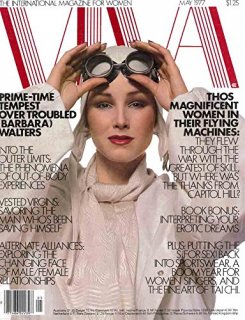 View attachment 1155582
View attachment 1155582 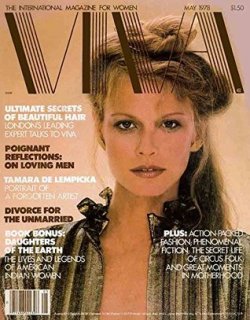
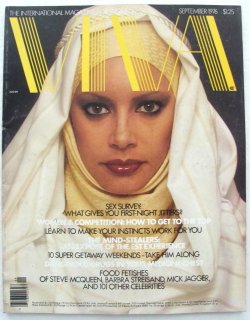
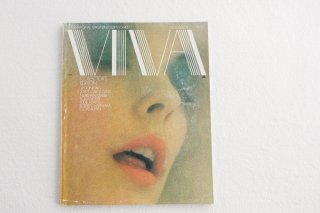
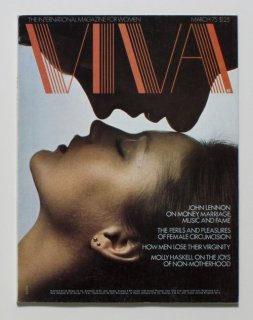
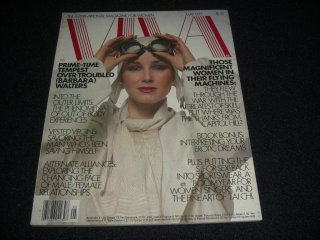



 View attachment 1155582
View attachment 1155582 






